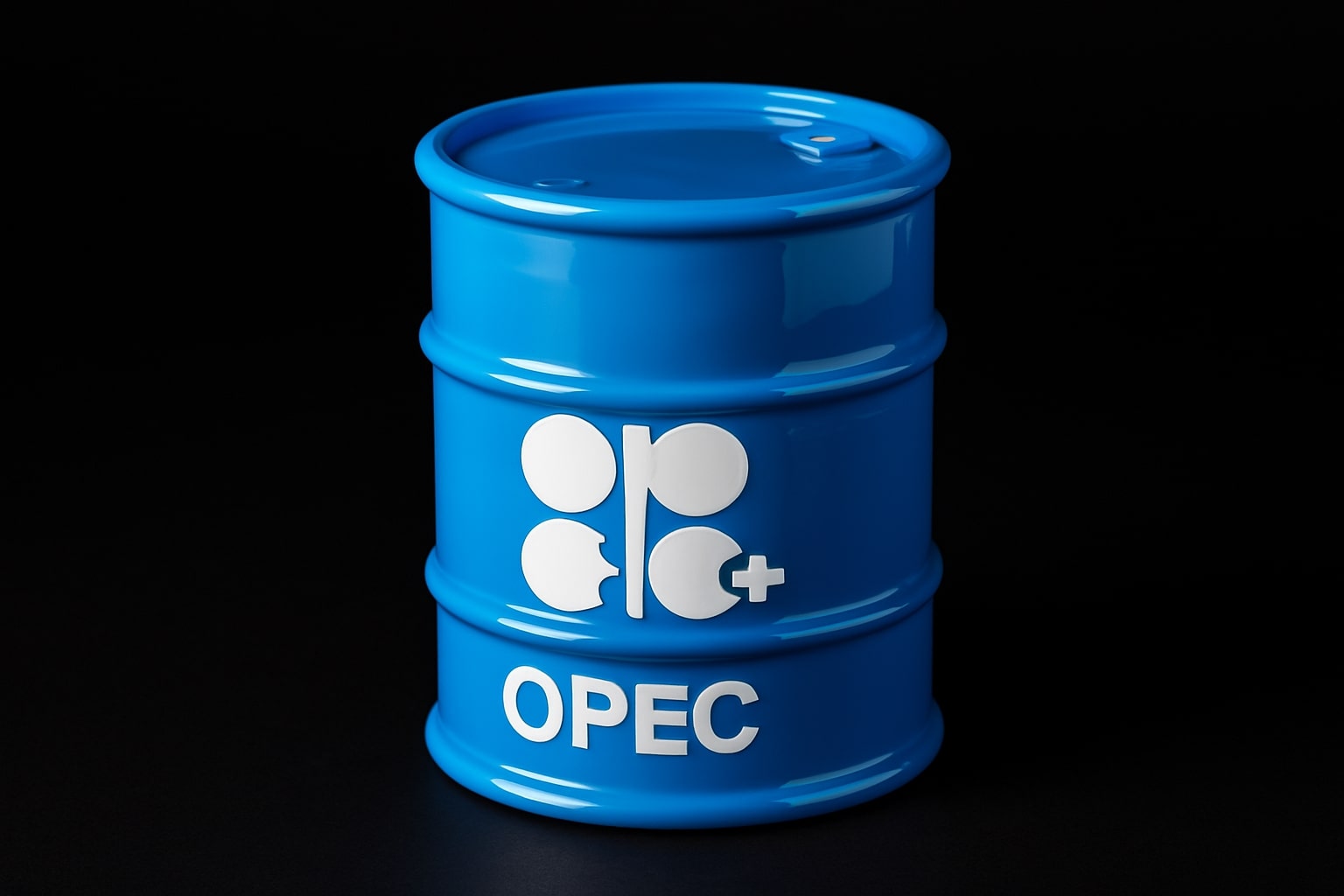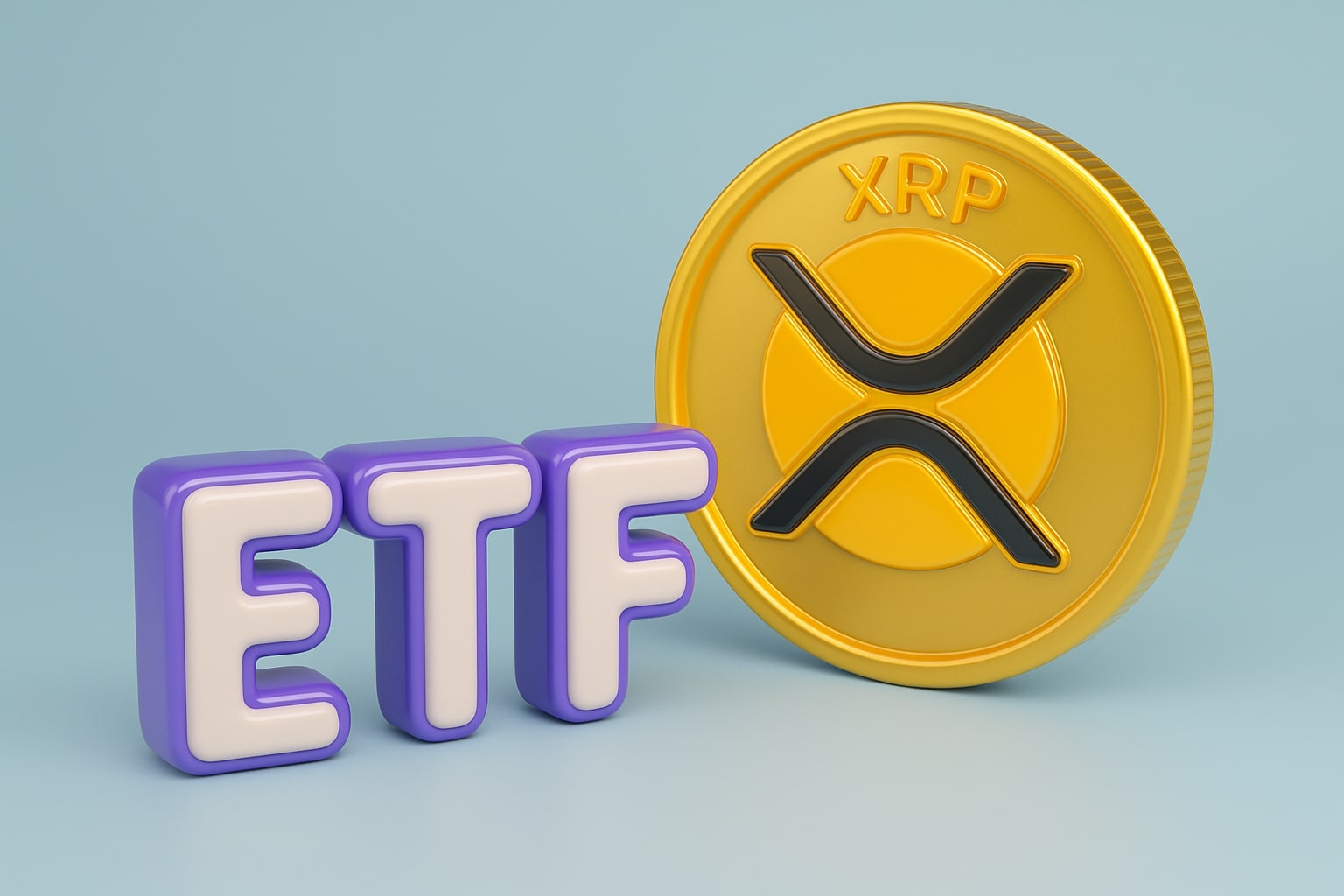
Oil Price Forecast: WTI Jumps to $64.95, Brent Hits $68.94 on Fed Cuts and Supply Risks
Crude gains as Powell’s dovish tone boosts rate cut bets and Ukraine strikes disrupt Russian flows, while U.S. shale output slips and consolidation reshapes the energy sector | That's TradingNEWS
Oil Price WTI and Brent Surge on Rate Cut Bets and Supply Risks
West Texas Intermediate (CL=F) jumped 2.03% to $64.95 per barrel while Brent (BZ=F) advanced 1.79% to $68.94, extending a rebound fueled by renewed bets on U.S. interest rate cuts and heightened geopolitical disruptions. Jerome Powell’s Jackson Hole speech raised the probability of a September rate cut to 85% from 72%, injecting optimism across commodities. Lower borrowing costs would ease macro headwinds for demand, a crucial tailwind after months of tepid consumption. Meanwhile, Ukrainian strikes on Russian energy infrastructure, including multiple hits on the Druzhba pipeline and a fuel export terminal, reintroduced significant supply risk into the European market. These disruptions tightened sentiment just as traders were pricing in a softer dollar, which further supported oil.
Geopolitics: Russia, Ukraine and Sanctions Pressure
Ukraine’s escalated attacks have targeted not only pipelines but also nuclear-linked facilities and export terminals, underscoring the vulnerability of Russian crude flows to Europe. Russia remains near maximum output capacity despite sanctions, leaving limited cushion if supply were to be further interrupted. Washington has warned of tougher sanctions if Moscow refuses to engage in peace negotiations, but the muted U.S. response so far has left markets uncertain about enforcement. The Trump administration’s new tariff regime against India for its continued Russian oil purchases—an additional 25% levy—adds another layer of trade disruption to the mix. Analysts warn that punitive tariffs could redirect Russian crude even more aggressively toward China, reshaping flows across Asia.
U.S. Shale Weakness and Rising Costs
While OPEC+ holds the spotlight, weakness in U.S. shale production is an equally critical story. According to EIA data, U.S. output has slipped from its late-2024 peak of 13.6 million barrels per day to 13.3 million bpd, a 2% decline. Rising costs and deteriorating well productivity are driving the slowdown. Tier-one drilling locations are increasingly depleted, while longer laterals and advanced fracking have reached diminishing returns. The cost curve for U.S. producers is steepening, meaning sustained sub-$65 WTI would threaten future drilling programs. Devon Energy (NYSE:DVN) and Chevron (NYSE:CVX) argue that longer laterals preserve capital efficiency, but others, including former Diamondback Energy (NASDAQ:FANG) executives, suggest production has already peaked. This divergence underscores an inflection point in U.S. shale, with implications for price recovery as supply elasticity fades.
North Sea and Global Supply Dynamics
Norwegian major Equinor recently unveiled new oil and gas discoveries near the Troll field, with estimates ranging from 0.6 million to 6.9 million barrels of recoverable reserves. This follows Aker BP’s significant find tied to the Yggdrasil development, expected to deliver first oil by 2027. These near-field discoveries lower development costs and provide Europe with much-needed supply, though they are insufficient to offset broader structural declines projected for the early 2030s. Meanwhile, Angola’s production slipped below 1 million bpd for the first time since leaving OPEC, reducing African contributions at a moment when the cartel’s cohesion is already under strain.
Corporate Deals and Energy Sector Consolidation
Consolidation remains an ongoing theme in U.S. energy. Crescent Energy (NYSE:CRGY) announced a $3.1 billion all-stock acquisition of Vital Energy (NYSE:VTLE), positioning Crescent among the top 10 independents in the U.S. with diversified exposure across the Permian, Eagle Ford, and Uinta basins. Shareholders of Crescent will hold 77% of the merged entity, with Vital investors taking 23%. The transaction adds to a string of shale M&A activity, including Crescent’s $2.1 billion takeover of SilverBow Resources last year, underscoring the drive for scale and operational resilience in a volatile pricing environment. With U.S. output stagnating, consolidation is viewed as a pathway to efficiency gains rather than raw volume growth.
Technical Picture for Oil
From a charting perspective, CL=F faces resistance around $65, where the 50-day EMA converges with prior swing highs. A break above this level could open the path toward $67–$68, aligning with Brent’s $70 resistance zone. Support for WTI sits at $62, with deeper downside risk toward $60 if momentum stalls. Brent meanwhile has cleared the 50-day EMA, strengthening its outlook. OPEC’s tight supply stance, Powell’s dovish tone, and the geopolitical backdrop all skew risks to the upside, though thin liquidity in late summer adds to volatility.
That's TradingNEWS
Read More
-
PFFA ETF Nears $21.50 as Rate Cuts and 9.49% Yield Spark Renewed Demand
29.11.2025 · TradingNEWS ArchiveStocks
-
XRPI and XRPR ETFs Ignite Ripple’s Institutional Rally as Inflows Near $1B and XRP Holds $2.20
29.11.2025 · TradingNEWS ArchiveCrypto
-
Natural Gas Price Forecast - NG=F Blasts to $4.85 as Demand Surge Fuel Multi-Month Breakout
29.11.2025 · TradingNEWS ArchiveCommodities
-
USD/JPY Price Forecast - Yen to Dollar Slides to 156.10 as Yen Strengthens on Fed Cut Expectations
29.11.2025 · TradingNEWS ArchiveForex



















